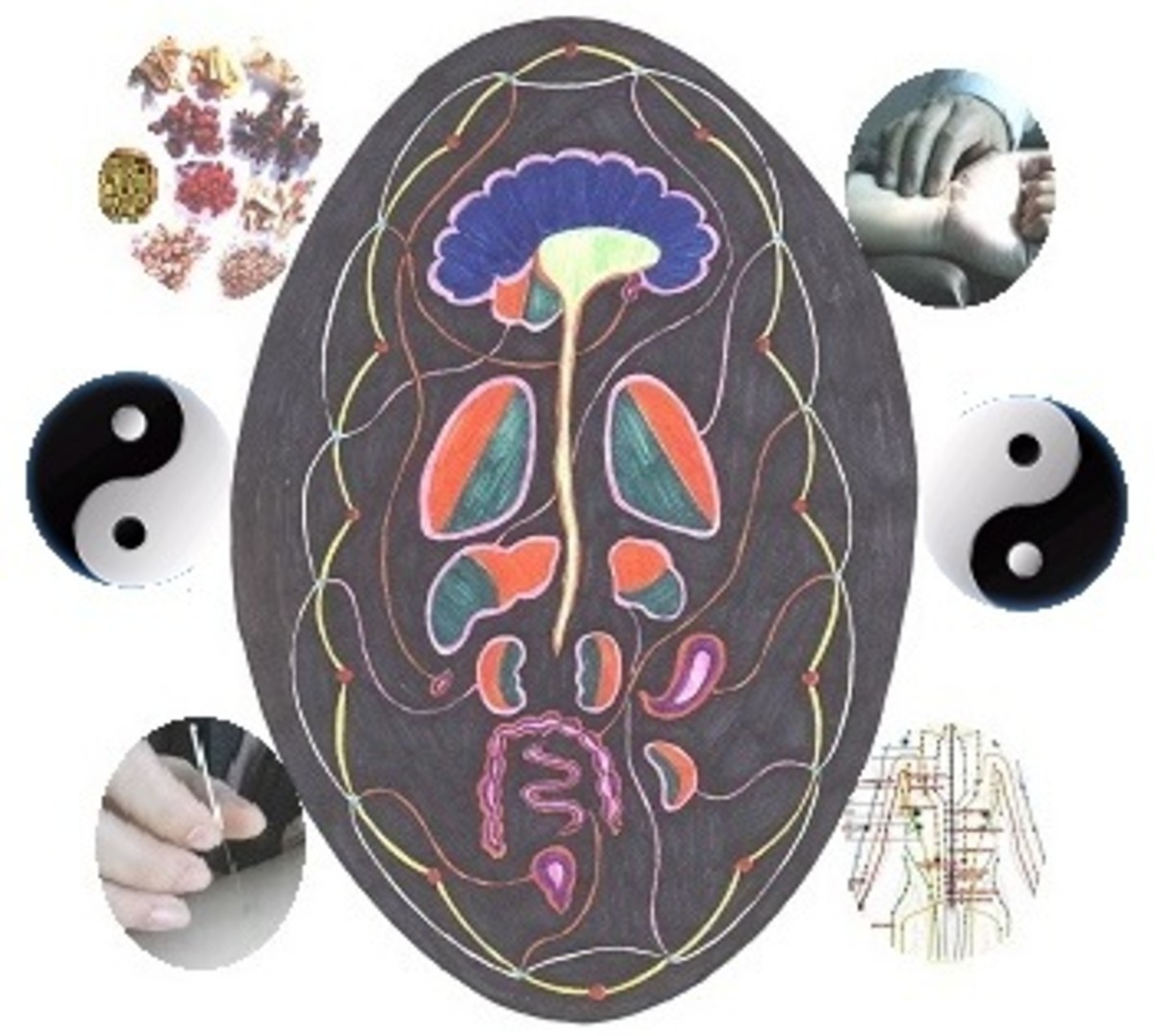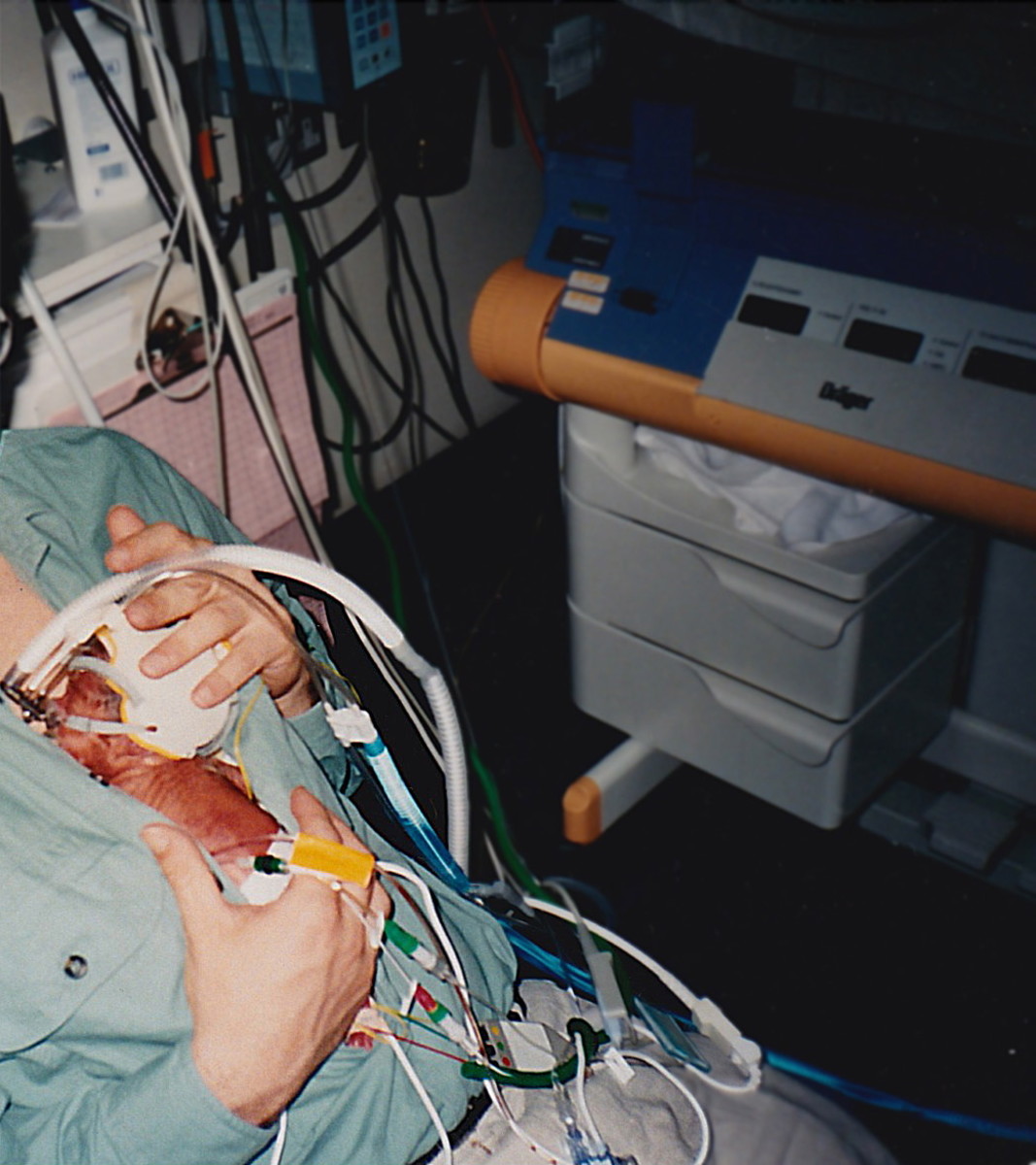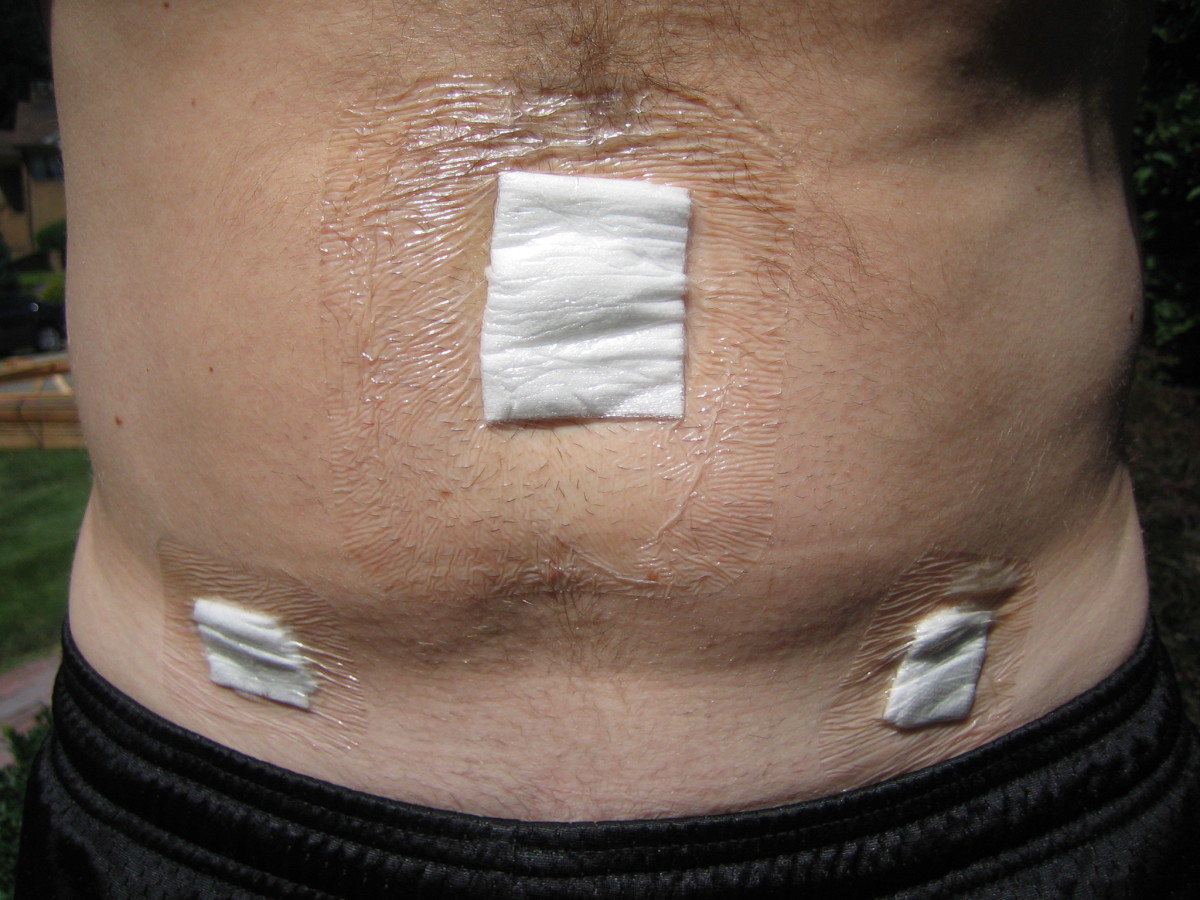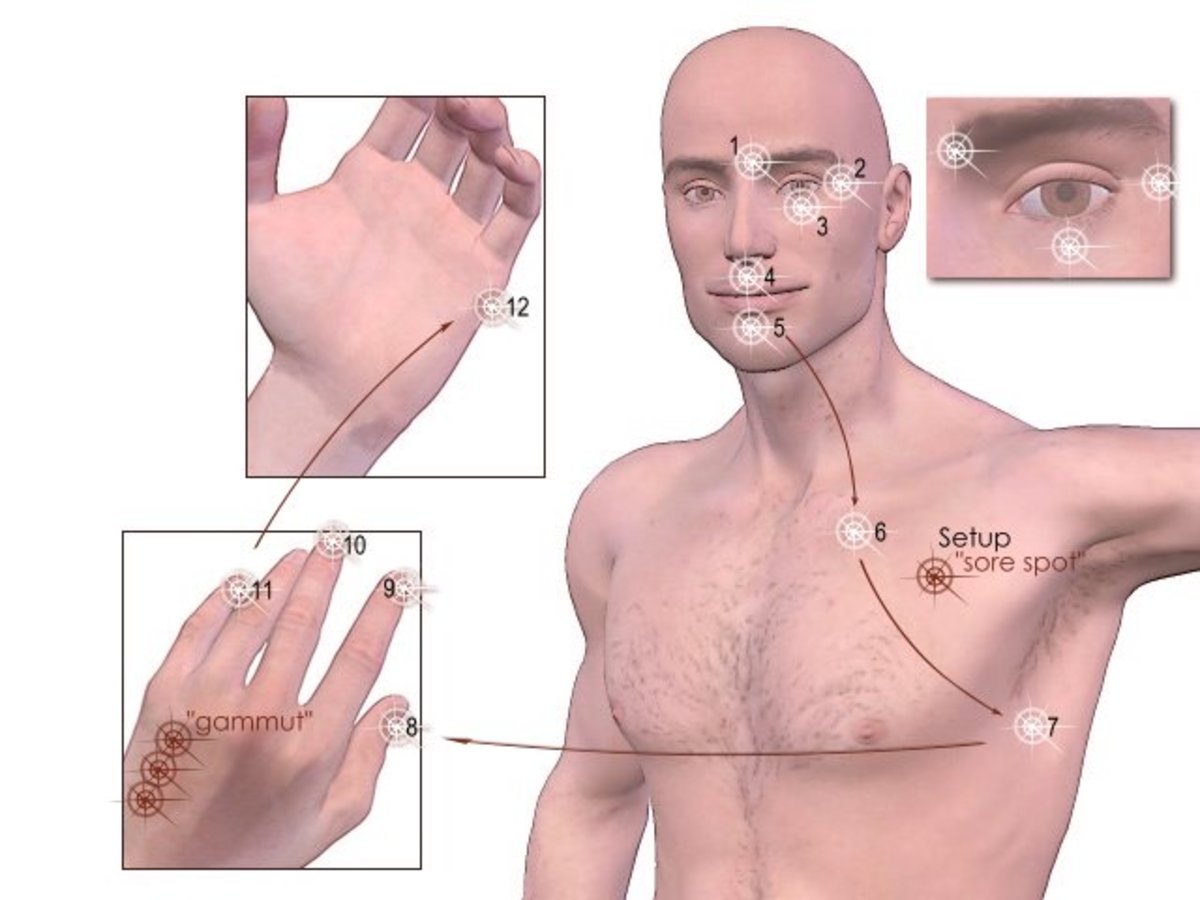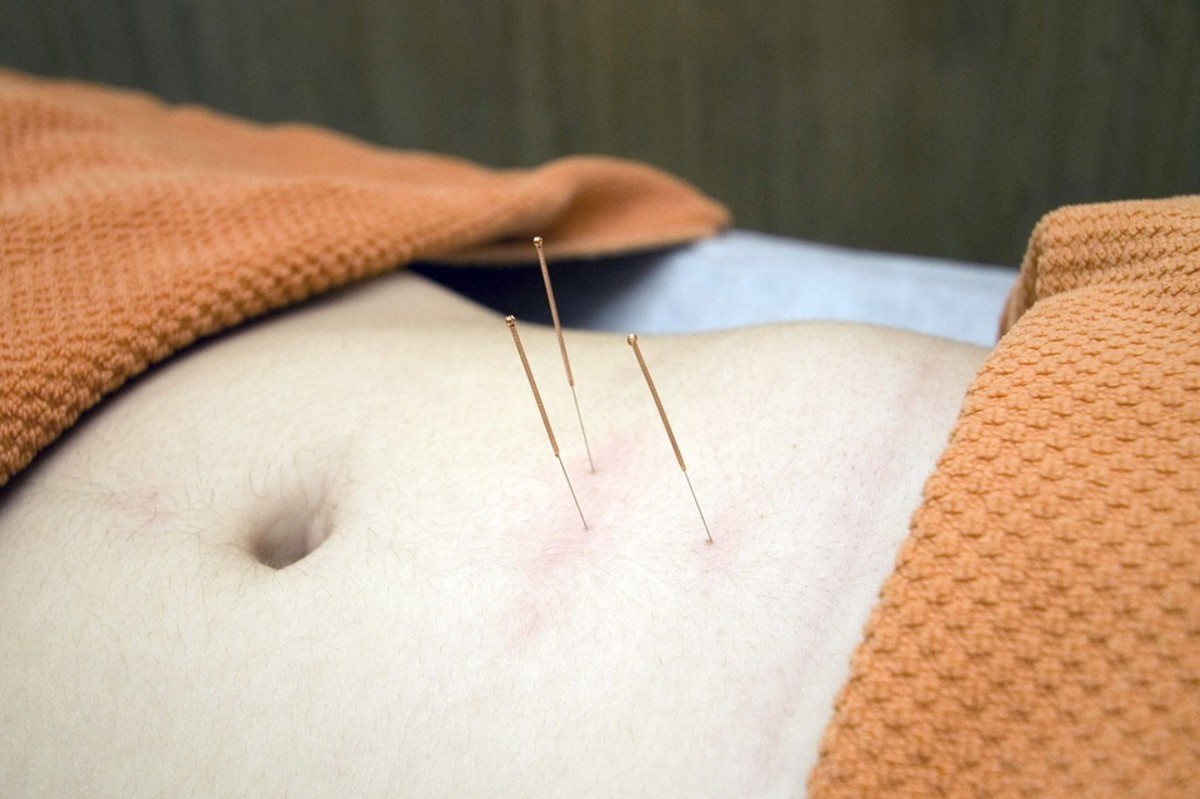An Appendectomy, Acupuncture and Cold War Politics
A Story of Politics and Medicine
March 6, 2010
Acupuncture is an ancient Chinese healing treatment which in the last thirty or forty years has become a common alternative and even mainstream medical procedure in the United States.
Not that acupuncture was unknown or even unavailable in the United States and other Western nations prior to the 1970s.
Anyone familiar with Chinese culture had probably at least heard of acupuncture. However, most of those who knew about acupuncture generally classified it as an old fashioned folk medicine practice and assumed it to be as useful as aphrodisiacs produced from tiger parts.
Hub 19 for 30 Hubs in 30 Days Challenge
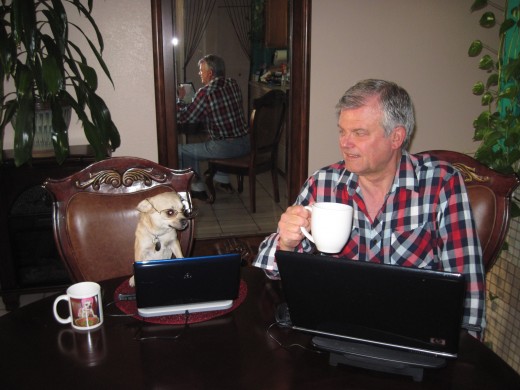
Acupuncture had also been practiced in Chinese communities in North America since the start of Chinese migration to this area in the mid-nineteenth century but few people outside these communities utilized the traditional neighborhood acupuncturists.
However, politics, more than anything else, is responsible for acupuncture and other alternative medical procedures remaining beyond the pale of modern medicine.
A Medical Cartel is Formed
Beginning in the mid-nineteenth century members of certain medical practices began banding together and lobbying to convince state legislatures that the practice of medicine was too important to be left to anyone and, instead, should be limited to recognized professionals.
Of course the recognized professionals were the groups lobbying for these restrictions. They were successful and soon only recognized practitioners in those branches of medicine that fit the definition of recognized medical practices as defined by to what became the American Medical Association and their affiliate organizations in each state (the same thing happened Canada and Western Europe at this time) were allowed to legally practice medicine.
As a result, the practice of medicine in the West was pigeonholed into a legally recognized profession operating within narrowly defined parameters of western science.
Things Began to Change in the Last Half of the Twentieth Century
For most Americans and people in other nations of the West, medical practices not recognized by the medical establishment were for the most part unknown and, even when known, were dismissed by most as mere hocus pocus that had been proven ineffective or even dangerous by modern science.
However, by the 1970s rising medical costs combined with a renewed interest in foreign and non-traditional ideas began to lay the groundwork for a renewed interest in traditional medical remedies and procedures that had previously been dismissed and this resulted in the growing popularity of the alternative medicine movement which is still growing today.
The new interest in alternative medicine also laid the groundwork for acceptance of acupuncture once it hit the national scene.
Nineteenth Century Chinese Emigration
While special interest politics helped to keep acupuncture and other traditional medical practices on the fringe of the culture, it was the politics of the Cold War that gave acupuncture near instant recognition and rather quick acceptance by many segments of the traditional medical establishment.
Before describing how acupuncture became an almost overnight sensation in the United States, and, to a certain extent to what, in the vocabulary of the Cold War, the rest of the Free World in the West, a brief review of American relations with China is in order.
Beginning in the mid-nineteenth century rising demand for labor in Western Europe, Canada, the United States, Australia, New Zealand, Brazil, Peru, Mexico and islands and territories controlled by European powers in the Pacific and Indian Oceans encouraged the emigration from poverty stricken China by millions of Chinese to these areas.
American Missionaries in China
At the same time, thousands of American Protestant missionaries traveled to China where, in addition to building churches and preaching the Christian Gospel, they also established schools and hospitals. It was these missionaries, probably more so than Chinese immigrants, whose reports and work in their communities upon their return helped to build a strong bond between America and China.
In thousands of mostly Protestant churches throughout the United States from the mid-nineteenth century to World War II people routinely donated money and collected clothing, school supplies and medical supplies to support missions in China.
In return, many missionaries after returning to the United States from China continued their missionary work by engaging in speaking tours where they recounted to congregations their experiences in China as well as helping to raise funds and doing other work to support fellow missionaries in China.
Pearl Buck circa 1932
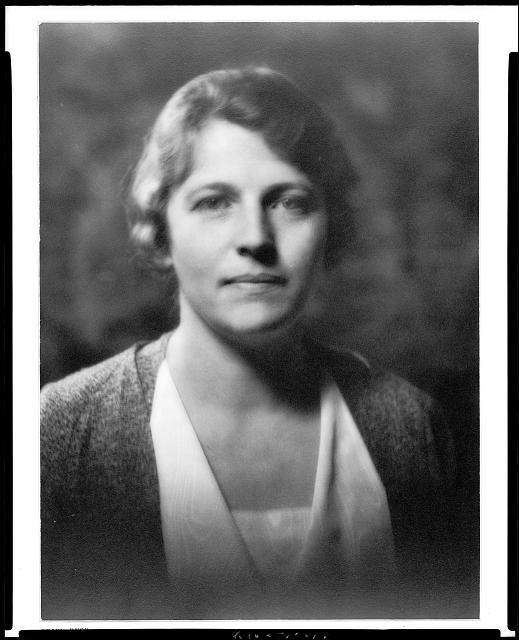
Pearl S. Buck, the Nobel Prize winning American author who was born in the U.S. to parents who were missionaries to China and who took her to China when she was three months old was among the many missionaries or children of missionaries who greatly influenced American ideas about China.
Buck's award winning 1931 novel (and 1937 movie) The Good Earth was on the required reading lists (and the movie frequently shown as well) of most high schools in mid-twentieth century United States.
American Economic and Military Involvement in China
Growing American trade and growing presence in the Pacific led to further American involvement in China including American control in parts of Chinese cities known as Treaty Ports.
Treaty Ports, which were found in Japan and Korea as well as China, first came about as a result of the 1842 Treaty of Nanjing following the end of the First Opium War. In this treaty, Great Britain began to gain administrative and political control over sections of certain Chinese port cities.
In the years following the First Opium War, weak Chinese governments were unable to halt western encroachment with the result that both the number of port cities becoming treaty ports and the number of western nations, including the United States, that were involved in administering them.
Shanghai, one China's major cities ended up with Great Britain, France and the United States each having control over their own section of the city (similar to the post World War II Allied administration of Berlin and its division into Russian, American, British and French sectors) from the late nineteenth century to 1946 when Mao Zedong and his Communist forces took control of China.
The plot of the 1966 movie The Sand Pebbles staring Steve McQueen revolves around a U.S. Navy Gunboat stationed in one of the American Treaty Ports and it travel by river inland to rescue some American missionaries caught in the cross fire of clashes between Communist insurgent forces and the Nationalist forces of the Chinese government in 1926.
Thorughout World War II China, which had been invaded by Japan years prior to the U.S. entry into World War II, was an ally of the U.S. in its war against Japan.
However, just as the Allied governments in Europe had to deal with internal conflicts between communist and nationalist factions in Nazi occupied Europe while attempting to run operations against the Nazis in those nations, so too was there a problem of friction between Nationalist Chinese forces under Chiang Kai-shek and communist insurgents under Mao Zedong.
Generalissimo Chiang Kai-shek
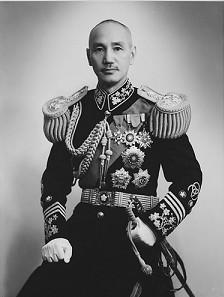
China Goes Communist
The 1949 victory of Mao Zedong's communist forces over Generalissimo Chiang Kai-shek's Nationalist forces and the subsequent retreat of Chiang and the Nationalist Government to the island of Formosa (Taiwan) resulted in considerable political outrage in the United States.
For the next two decades mainland or Red China was largely isolated from the world outside the Communist Bloc while Chiang Kai-shek and his Nationalist Government on Taiwan were recognized by the United States and much of the Western World (including the United Nations Security Council where China, one of the five permanent members of that body, had its seat on the Council occupied by a representative of the Nationalist Government on Taiwan) as the official government of all of China.
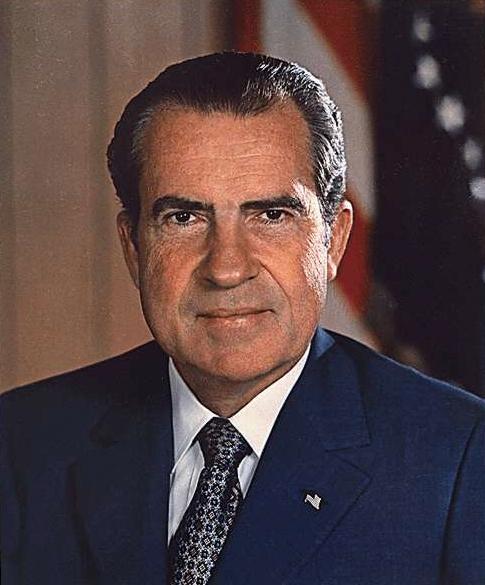
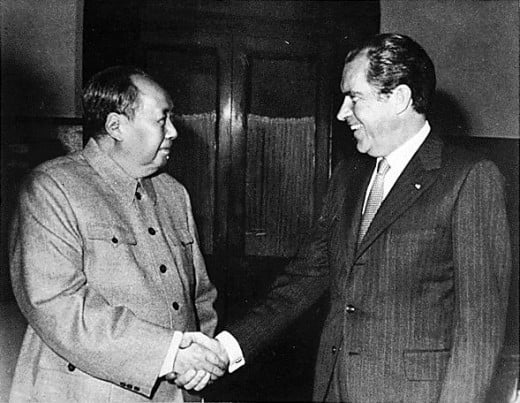
President Nixon and the Opening of China
It wasn't until the administration of President Richard Nixon, a man who had originally made a name for himself unmasking communist sympathizers in the State Department and other branches of the Roosevelt and Truman administrations (many of whom later appeared as paid agents on the KGB payroll following the collapse of communism in Russia and the opening of the Soviet archives and American archives from this period).
Conventional wisdom at the time, which is probably correct, was that only someone with strong anti-communist credentials like Richard Nixon could have pulled this off without a huge backlash from both the anti-communist right and many veterans groups.
The U.S. was at war at that time against the communist Chinese backed government of North Vietnam as well as having fought communist Chinese forces in the earlier Korean War.
There were also many veterans of the China-India-Burma (Burma being the former name of the present Union of Myanmar) Theater in World War II who had worked closely with Nationalist forces during the war and who had had clashes with communist forces in that war (Captain John Birch, whose name was appropriated in 1958 by Robert Welch Jr for the John Birch Society, was an Army Air Corps and Office of Strategic Services [OSS - forerunner of the CIA] intelligence officer who spent the war in China and was killed by communist forces near the end of the war).
Finally, there was the so called China Lobby, which referred to people, many of them prominent politicians and business people, who both had an affinity for China and were also strongly anti-communist as well as supporters of Chiang Kai-shek and his government on Taiwan.
Ill Will Ran Both Ways in Cold War Era
Of course the ill will between the two nations ran both ways and the western shunning of China was matched by barriers to intercourse with the west erected by Mao Zedong's communist government.
In addition, Mao's government was as anti-western as the U.S. was anti-communist as evidenced by things like the main hospital in Beijing (which is discussed below) with the name Anti-Imperialist Hospital and a sign over the entrance reading The time will not be far off when all the aggressors and their running dogs of the world will be buried. There is certainly no escape for them.
Despite his strong anti-communist reputation, documents seem to indicate that President Nixon was interested in improving relations with mainland China prior to the surprising events of 1971. The same was probably true of the thinking of the leadership in Beijing.
It is possible that the as more documents from this era are made public we will see that there were secret diplomatic initiatives underway for some time to improve relations and this will mean that the surprising events of 1971 were not so surprising after all.
Ping Pong Diplomacy
The first major public event was a sudden announcement on April 6, 1971, that the American Table Tennis (ping pong) team, then in Japan for the 31st World Table Tennis Championship, had received an invitation to visit Mainland China. Four days later on April 10, 1971, nine members of the U.S. team accompanied by a couple of spouses and trainers crossed the bridge from the then British colony of Hong Kong into mainland China.
The news of this was both surprising and electrifying, especially two days later when the group, now accompanied by some hastily dispatched reporters, became the first U.S. sports team to enter the Chinese capital of Beijing since 1949. (Despite the appearance of spontaneity, considerable secret legwork had been done earlier to lay the groundwork for this - click here for an account of some of this in WikiPedia http://en.wikipedia.org/wiki/Ping_Pong_Diplomacy
Henry Kissinger Being Sworn In As Secretary of State
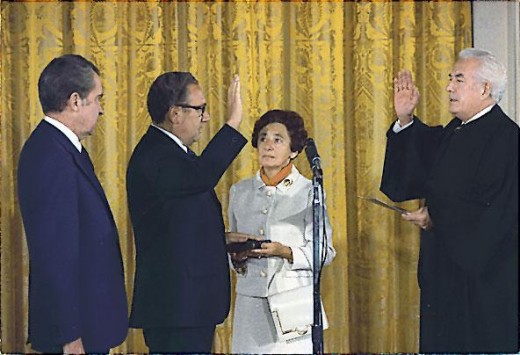
Henry Kissinger's Secret July 1971 Mission to China
With the flood gates opened, there was a sudden outpouring of interest in China and within days of the Table Tennis Team's trip reporters were busy applying for visas to visit China. Among the visiting reporters was New York Times Vice President and syndicated columnist James B. Reston who arrived in China on July 8, 1971.
On July 9, 1971, the day after James Reston arrived in China, Henry Kissinger, National Security Advisor to President Nixon, disappeared during a stopover in Pakistan on a whirlwind diplomatic tour. The official story was that he had become ill with a stomach ailment and was recuperating at a private location.
Kissinger re-appeared on Sunday July 11th, en route to his next stop which was Paris, France where he was scheduled to meet with the U.S. Delegation to the Paris Peace Talks aimed at finding a way to end the Vietnam War. From Paris, he returned to the United States for a series of private meetings with President Nixon.
At 7:30 p.m. eastern time, on Thursday July 15, 1971, President Nixon went on Television and stunned the world, including our allies, with the news that Henry Kissinger had been in China meeting secretly with Chinese Premier Chou En-lai (Zhou Enlai) from July 9th through July 11th.
Journalist Edgar Snow with Chou En-Lai and Chou's Wife Deng Yingchao
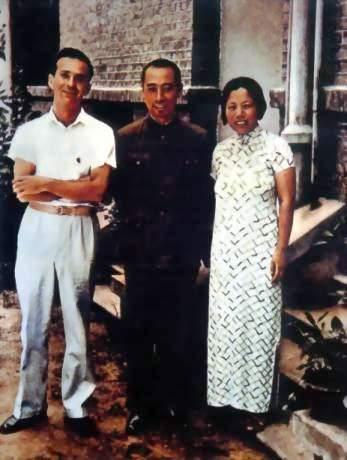
A New York Times Vice President Receives Acupuncture Treatment in China
On July 26, 1971 following his trip to China, New York Times Vice President James Reston published an article entitled Now, Let Me Tell You About My Appendectomy in Peking. In the article he recounted on how, on July 15, 1971 (I think he had his dates mixed up in the article as, after crossing the International Date Line, it would have been July 16 in Beijing) at 10:30 a.m. Beijing (Peking in those days) time on while meeting with officials from the Chinese Foreign Ministry at the Peking International Club trying to get permission to interview Premier Chou En-lai (Zhou Enlai), Chairman Mao and other top officials, his meeting was interrupted with an announcement that Premier Chou En-Lai (Zhou Enlai) had been secretly meeting from July 9th through July 11th.
Reston claims that he felt the first stab of pain in his side at this time. The pain grew worse and by evening he found himself very ill with a 103 degree fever. The next day he checked into the Anti-Imperialist Hospital in Beijing where he was diagnosed with acute appendicitis. The doctors at the hospital operated and removed his appendix.
According to Reston's account of his acupuncture experience which he published in a July 26, 1971 article, the appendectomy itself was done by a Chinese surgeon using the same medical techniques and local anesthesia used by doctors in the U.S. and other western nations.
The acupuncture treatment came a couple of days later as a means of relieving his post operative pain. As Reston explained in his article:
However, I was in considerable discomfort if not pain during the second night after the operation, and Li Chang-yuan, doctor of acupuncture at the hospital, with my approval, inserted three long thin needles into the outer part of my right elbow and below my knees and manipulated them in order to stimulate the intestine and relieve the pressure and distension of the stomach.
That sent ripples of pain racing through my limbs and, at least, had the effect of diverting my attention from the distress in my stomach. Meanwhile, Doctor Li lit two pieces of an herb called ai, which looked like the burning stumps of a broken cheap cigar, and held them close to my abdomen while occasionally twirling the needles into action.
All this took about 20 minutes, during which I remember thinking that it was a rather complicated way to get rid of gas in the stomach, but there was noticeable relaxation of the pressure and distension within an hour and no recurrence of the problem thereafter. (Quoted from "Now, Let Me Tell You About My Appendectomy in Peking" by James Reston)
Interestingly, in his subsequent interviews with his doctors Reston learned that the Chinese use of acupuncture and other traditional medical practices was a matter of necessity rather than choice. In his article Reston made reference to American journalist, Edgar Snow who was best known for his 1937 book Red Star Over China, who had
quoted Dr. William Chen, a senior surgeon of the United States Public Health Service as saying that before the Communists took over this country in 1949, four million people died every year from infectious and parasitic diseases and that 84 per cent of the population in the rural areas were incapable of paying for private medical care even when it was available from the 12,000 scientifically trained doctors. (source: Reston's "Now, Let me Tell You About My Appendectomy in Peking" article.)
Chinese Supplemented Western Medicine with Traditional Chinese Medicine
According to Reston, not only had the individual, 36 year old Dr. Li Chang-yuan, who had administered the acupuncture treatment, never received formal training in a medical college and instead had apprenticed under a veteran acupuncturist at the Anti-Imperialist Hospital, but that many of the doctors on the staff who had received a western style medical education had been skeptical of acupuncture and other Chinese traditional medicine.
However, the pressing need to meet China's medical needs forced them to compliment modern medical practices with traditional practices. Acupuncture was, and is, not so much the Chinese way of treating medical problems as one of many options used for treatment.
Acupuncture Goes Mainstream
Following Reston's experience, acupuncture became an overnight sensation in the United States and other parts of the West. Not only did ordinary people and alternative medicine practitioners become excited about it but so too did members of the traditional medical establishment.
In addition to the publicity generated by Reston's experience and the general euphoria over the relaxing of tensions and restrictions on travel and other exchanges between China and the West, there was also the fact that Chinese doctors, in addition to utilizing acupuncture and other traditional remedies out of necessity, had also seen positive results from some of these traditional treatments and had undertaken some scientific research on them and had published their findings.
With the thaw in political tensions, had come exchanges of all kinds including exchanges of medical professionals and scientific research. While still not fully understood, there is some research, both Chinese and recent Western, showing that acupuncture is effective in treating many types of pain.
Just as the Chinese don't use acupuncture as a routine treatment in every case, neither do western doctors. However, in many cases acupuncture has been found to be a good alternative to drugs in the treatment of many types of chronic pain.
And, of course, it should be remembered that pain is one of the body's means of signaling that something is wrong. Therefore, before using acupuncture or anything else to relieve pain one should first determine the source of the pain least the pain relief mask the existence of a more serious problem.
Links for Further Reading
- Acupuncture.Com - Patient Testimonials - First Time
New York Times Columnist James Reston's Account of his Acupuncture treatment in China - Stomach Ailment Camouflaged Visit
Link to July 16, 1971 Eugene Register-Guard Newspaper article about President Nixon's press conference announcing Henry Kissinger's secret meetings with Premier Chou En-lai. - Henry Kissinger - Wikipedia, the free encyclopedia
WikiPedia article on Henry Kissingeer - Ping Pong Diplomacy - Wikipedia, the free encyclopedia
WikiPedia article on Ping Pong Diplomacy - Chiang Kai-shek - Wikipedia, the free encyclopedia
WikiPedia biography of Chaing Kai-shek - Treaty ports - Wikipedia, the free encyclopedia
WikiPedia Article on Treaty Ports - D. C. Jarvis - Wikipedia, the free encyclopedia
Article on Dr. D.C. Jarvis author of Folk Medicine.


Chika's Link to Darlene Sabella's Latest Hubs
At the left are the latest Hubs by fellow Hubber and fellow 30 Hubs in 30 Days Challenger Darlene Sabella.
If it hadn't been for Darleen's challenge we would not be involved in this writing frenzy to produce thirty Hubs in thirty days. So we salute her and encourage you to check out some of her offerings in this challenge.
As I explained in my Hub about this project I also would not have been forced to hire my dog, Chika, to assist me in this project.










